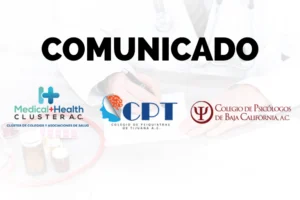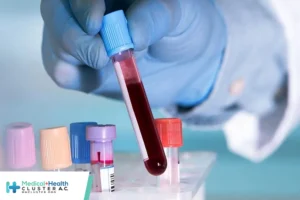En atención a la creciente preocupación sobre la confianza en...
Leer más
Persistent Disparities in COVID-19 Antiviral Dispensing

Communities most at risk of severe COVID-19 outcomes have half the rate of prescriptions compared with less vulnerable communities, according to a CDC report.
More than 1 million doses of oral antiviral medications to treat individuals with SARS-CoV-2 have been prescribed since late December 2021 when the US Food and Drug Administration issued Emergency Use Authorizations for nirmatrelvir-ritonavir (Paxlovid) and molnupiravir (Lagevrio).
To scale up access to the drugs, which are most effective when used within 5 days of developing symptoms, the US Department of Health and Human Services launched the Test to Treat initiative on March 7, 2022. The initiative was designed to allow high-risk individuals to be tested for SARS-CoV-2, evaluated by a clinician who can prescribe an oral antiviral if indicated, and fill the prescription for free—all at 1 site.
The new report suggests the initiative has helped boost prescribing. More than two-thirds of prescriptions written between December 23 and May 21 were dispensed after the program launched. The number of dispensing sites in the US has also grown from 49 the first week the drugs became available in December to almost 40 000 by May 21.
Yet despite rising prescription rates, serious disparities persist. The 49% of communities classified as most socially vulnerable to disease outbreaks or other disasters because of factors like high rates of poverty, limited transportation, and crowded housing continue to have the lowest rates of prescribing despite having the most dispensing sites, the report noted.
Prescribing rates per 100 000 people increased from 3.3 to 77.4 in communities with low social vulnerability and from 4.5 to 70 in medium social vulnerability communities between March 6 and May 21. Despite starting out with the highest prescribing rate of 7.8 per 100 000 at the beginning of this period, high social vulnerability communities topped out at 35.7 per 100 000 by the end of the period.
Créditos: Comité científico Covid




